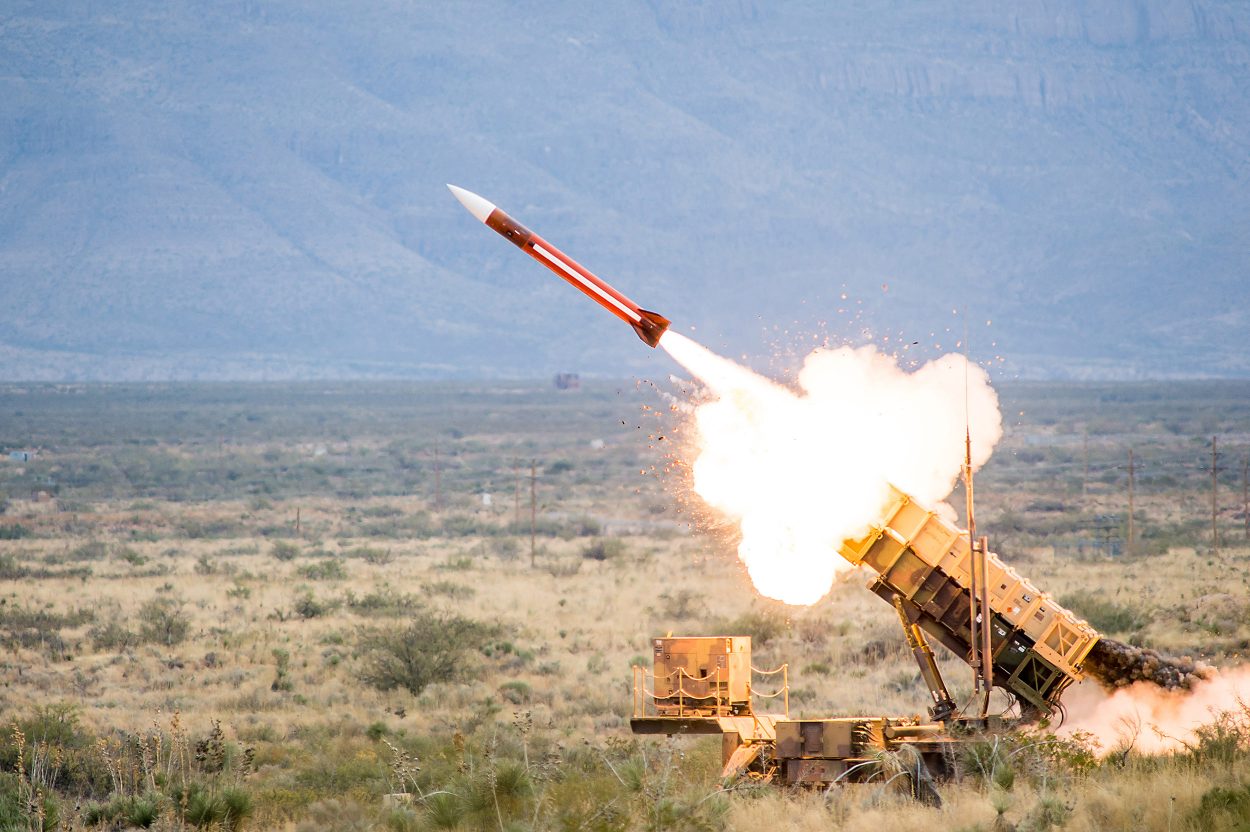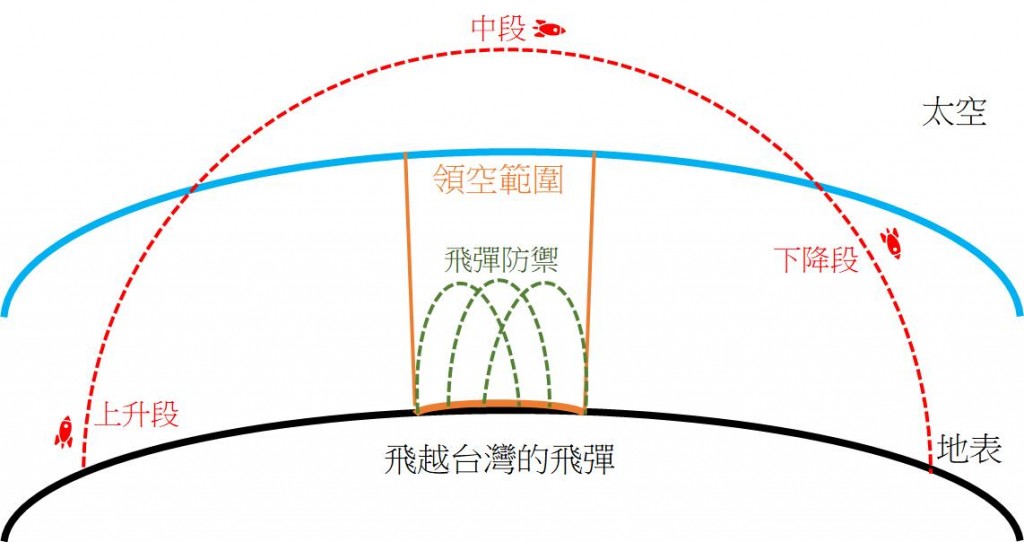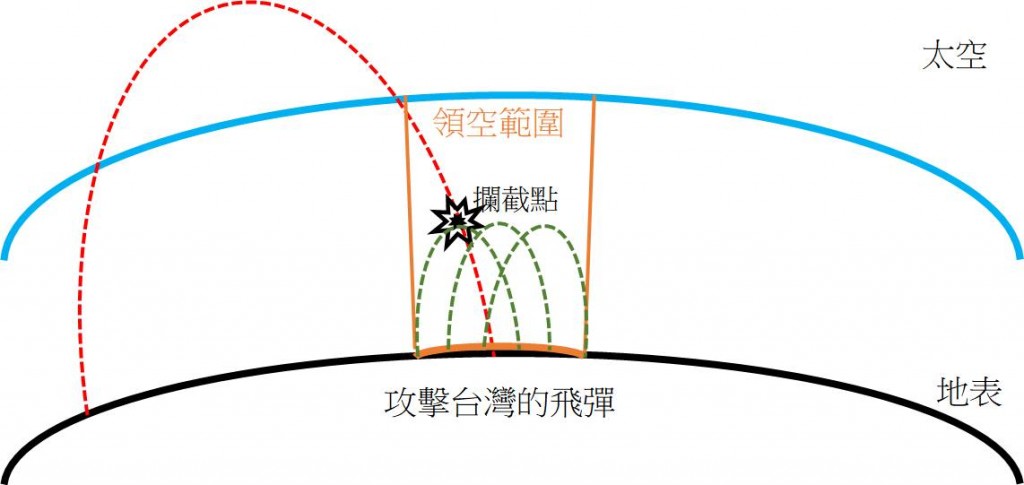China recently fired its Dongfeng (DF) ballistic missiles over Taiwan to flaunt its long-range strike power while trying to intimidate Taiwan. However, the incident also raised concerns about Taiwan’s defense systems, particularly the American-origin Patriot.
On August 4, the Chinese People’s Liberation Army (PLA) launched 11 Dongfeng ballistic missiles into the waters close to the island’s northern, southern, and eastern parts.
The Japanese Defense Ministry also stated that four Chinese ballistic missiles had flown over Taipei, and five Chinese-launched ballistic missiles had landed in Japan’s EEZ.
The island’s Ministry of Defense said the PLA’s “irrational action” had “jeopardized regional peace” and that it had “activated” defense systems and was keeping a high level of alertness.
PLA has launched multiple DF ballistic #missiles at our NE and SW waters since 13:56. #ROCArmedForces have monitored the situation with various means, while our defense systems have been activated. We condemn such irrational action that has jeopardized regional peace. pic.twitter.com/9JAFVBJIUO
— 國防部 Ministry of National Defense, R.O.C. ?? (@MoNDefense) August 4, 2022
However, the incident prompted online debate about why Taiwan’s military did not use its air defense systems, such as Patriot missiles, to intercept the intruding missiles that flew over the self-governing islands.
In a cross-strait war, the Patriot air defense system might be the country’s primary defense mechanism against a Chinese attack.
The Tien-Kung II and III, also known as Sky Bow long-range surface-to-air missiles, were developed domestically and are used by the Taiwanese Air Force. These systems complement the Patriot missile defense system and create a comprehensive defense shield against possible Chinese attacks.
Patriot Missiles Not Used
As Chinese missiles flew over Taiwan, netizens wondered why Taiwan’s US-origin Patriot systems did not shoot down intruding PLA missiles.
The Wang Li Second World War Research Institute’s Facebook community page posted an article with illustrations on Friday morning, August 5, describing why Taiwan’s military has not tried to knock down China’s ballistic missile.

The Karman line, 100 kilometers above the Earth, is considered the boundary of space. The post noted that ballistic missiles fly into space before returning to strike their target.
On August 4, the island’s defense ministry also stated that the Dongfeng ballistic missiles’ primary flight path was outside the atmosphere.
Despite flying over Taiwan, the author noted that these missiles were not viewed to be in the nation’s airspace because they were in space.
Nations have an unspoken agreement that airspace does not include space.
Otherwise, “doesn’t that mean that Taiwan’s sovereignty is violated every day,” with Chinese satellites flying over Taiwan every day? The author jokingly asked.

Can Taiwan Intercept Dongfeng Missiles
The author argued that Taiwan should not use the Patriot III anti-ballistic missile defense system to stop the Dongfeng missiles because it is designed to prevent enemy missiles from entering Taiwan’s airspace, not space-bound missiles.
Another point brought up by the author was the price difference between a Patriot missile, which costs NT$50 million, and a Dongfeng missile, which costs only NT$20 million.
But he also noted that each missile launch provides information to military observers, “so there is a free opportunity to collect data on an enemy country, and you must say thank you in your heart.”

Moreover, as shown in the diagram, the boost phase of these Dongfeng missile tests takes place on Chinese soil, which means it is outside of Taiwan’s defenses. Even though the mid-course stage is over Taiwan, it is in space and outside the Patriot batteries’ range.
Last but not least, the terminal phase takes place in the ocean off the coast of Taiwan, far from Taiwan’s missile defense systems. The Patriot missile batteries’ target acquisition system, though, would lock onto a ballistic missile if it were pointed at Taiwan’s territory.
As the Chinese missile reaches the end of its flight, the system can launch a missile that would strike the enemy weapon directly. Nevertheless, there are varying views on how effectively this system stops ballistic missiles.

The Patriot Advanced Capability-3 (PAC-3) missiles are smaller, more agile, and more accurate. According to Chieh Chung, an associate research fellow with the National Policy Foundation in Taipei, they can be deployed in more significant numbers, making them very effective against ballistic missiles.
Taiwan also has capabilities to track the ballistic missiles launched by Beijing.
That said, Taiwan’s long-range early warning radar enabled its armed forces to monitor the Dongfeng ballistic missiles China launched on August 4. The cost of the Leshan long-range early warning radar, located in Hsinchu’s Leshan area, is roughly NT$40.9 billion ($1.36 billion).
The radar is an American AN/FPS-115 PAVE PAWS from the Cold War era that was sold to Taiwan in 2000 and has been in use since 2013. It has a detection range of 5,000 kilometers and can track surface ships due to its elevated position. It can also detect any missiles or aircraft within that range.
According to local media, which cited officials, Taiwan also provided the US, Japan, and other nations with pertinent information regarding recent launches by China for use as a resource and comparison.
- Contact the author at ashishmichel@gmail.com
- Follow EurAsian Times on Google News




